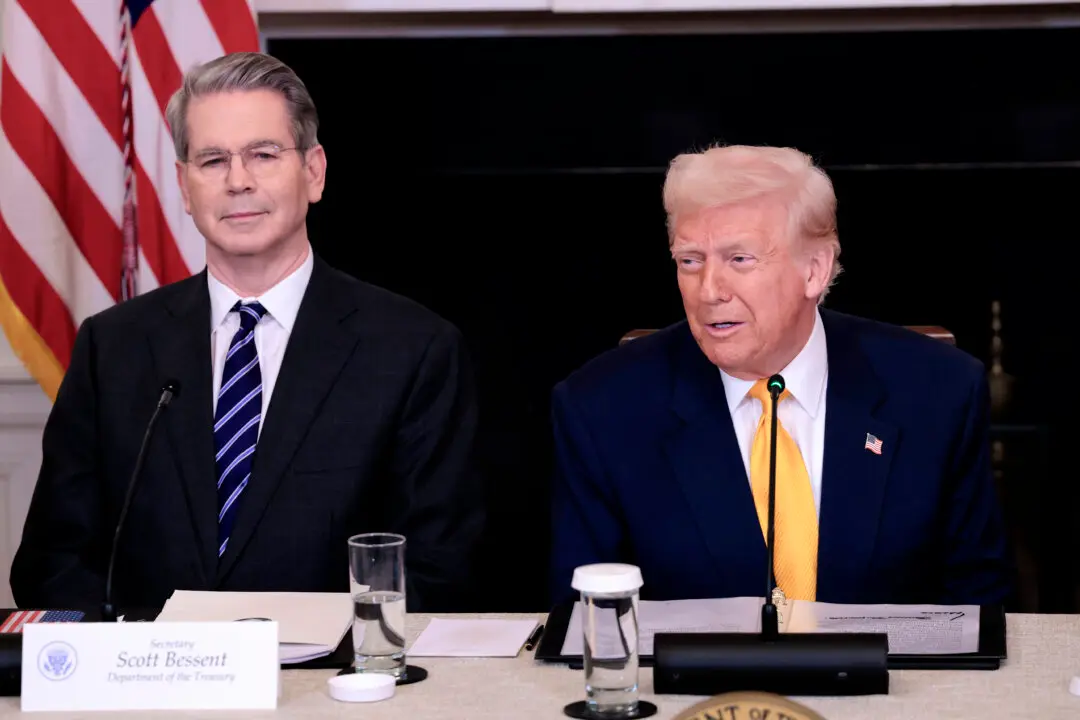The good news is that we survived September and the threat of a federal government shutdown. The bad news is that we started October with surging Treasury bond yields (reaching 4.887 percent on the 10-year bonds last Friday), so concerns of out-of-control government spending still persist. The federal debt ceiling was lifted, but only with a 45-day funding plan which will likely be renewed in mid-November, since most Congressional members like to go home for Thanksgiving! As for the Federal Reserve, inflation worries are receding, so the Fed does not have to raise key interest rates again, and, in my opinion, officials should start to cut key interest rates at the final 2023 meeting of the policy-setting Federal Open Market Committee (FOMC) on Dec. 12–13.
In a stunning revolution in Republican leadership, House Speaker Kevin McCarthy was ousted as speaker in a close (216 to 210) vote. The House then took a five-day recess and now seems adrift before electing a new leader. The vocal minority of eight Republicans that voted to oust Mr. McCarthy is frustrated with rising federal government spending and seems to have no problem throwing a wrench into the works of federal appropriations. Since the House is in charge of drafting federal spending bills, this amounts to a partial government shutdown. This happened right in the middle of the debate over extending funding for the war in Ukraine. At a minimum, this vocal minority wants to segregate all bundled spending plans, so that contentious issues, like the border crisis, Ukraine aid, and most other spending can be thoroughly debated.
If you want to see a preview of what might happen to U.S. Treasury bonds in such an environment, just look at Italy, where Prime Minister Giorgia Meloni is struggling with a shrinking economy. Her attempt to tax banks with a windfall profits tax was not well received by Italy’s powerful business community. As confidence in Ms. Meloni ebbs, Italian bond yields are rising. In Italy, you might argue, political chaos is normal, and they recycle their prime ministers regularly, but in this case, I think Ms. Meloni may stay in power, since she is very vocal about defending Italian culture, and culture tends to trump politics in Italy.
In general, bond markets tend to punish countries with large budget deficits and weak leadership. Alas, that is where we stand now in the United States, too, as profiled in a Wall Street Journal article last Thursday titled, “Rising Interest Rates Mean Deficits Finally Matter.” It makes the point that it is very odd for Treasury bond yields to rise when inflation is cooling and the U.S. economy is growing. The more likely culprit is rising deficits that must be financed. The good news is that no matter how dysfunctional the federal government becomes, what makes America great is that our 50 states compete with each other. Each state is an economic laboratory, and Americans can move to prosperous states with lower taxes.





